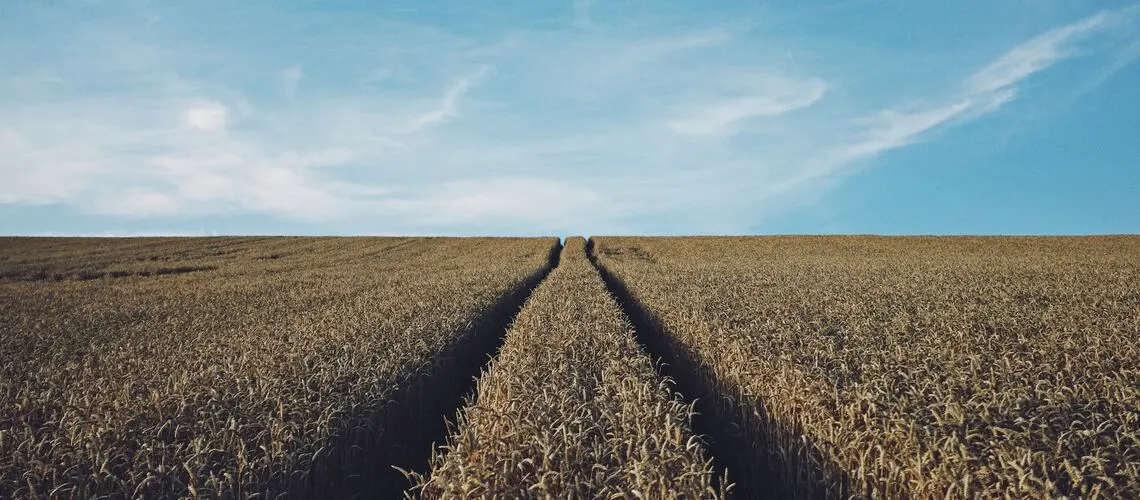The vast stretches of farmland that dot Australia’s landscape aren’t just plots of dirt and green; they’re reservoirs of agricultural gold. Each acre tells a tale of potential yield, a story of sustainable practices, and the saga of market forces at play. But how does one estimate the value of such lands? To discern the real worth of agricultural spaces, it’s pivotal to comprehend the myriad land factors and elements that influence agricultural property valuation.
Why Farmland Value Matters
In an era where sustainable agriculture and food security have risen to the forefront, understanding the intrinsic and market-driven value of farmlands has never been more critical.
1. Economic Stability
A precise valuation provides farmers and landowners with a tangible asset value, enabling informed economic decisions, be it for sales, leases, or developmental projects.
2. Investment Potential
For investors, gauging accurate farmland value offers insights into long-term growth prospects, return on investment, and risk assessment in the realm of agricultural property.
3. Heritage and Succession
Farmlands often carry a lineage, a family legacy. Ascertaining its value aids in ensuring fair inheritance, succession planning, and legacy preservation.
Crucial Land Factors Influencing Farmland Value
Various elements come into play when diving into the nuances of agricultural property valuation. It’s essential to consider:
- Soil Quality & Type: The fertility, pH level, and type of soil dictate its potential for specific crops, directly impacting its value.
- Water Access & Rights: Availability of water, coupled with water rights, can significantly enhance farmland value, given its pivotal role in agriculture.
- Location & Infrastructure: Proximity to markets, accessibility, and existing infrastructural setups, such as storage facilities or processing units, influence valuation.
- Historical Yield & Practices: Lands with a consistent record of high yields and sustainable farming practices command higher values.
The Market Forces & Farmland Value
While the inherent characteristics of the land play a foundational role in agricultural property valuation, external market forces cannot be ignored.
1. Demand & Supply Dynamics
The basic principles of economics – if the demand for agricultural lands outstrips the supply, values are bound to soar, and vice-versa.
2. Global Agricultural Trends
International trends, be it the popularity of a specific crop or global sustainable farming mandates, can sway local farmland values.
3. Economic Policies & Subsidies
Governmental policies, tax implications, and agricultural subsidies, both local and national, influence investment and, in turn, farmland value.
Diving into the world of farmland value is akin to unearthing the layers of fertile soil – each stratum holds secrets, potential, and insights. By recognizing and understanding these varied land factors and market dynamics, one can truly grasp the essence and value of Australia’s agricultural gold.



